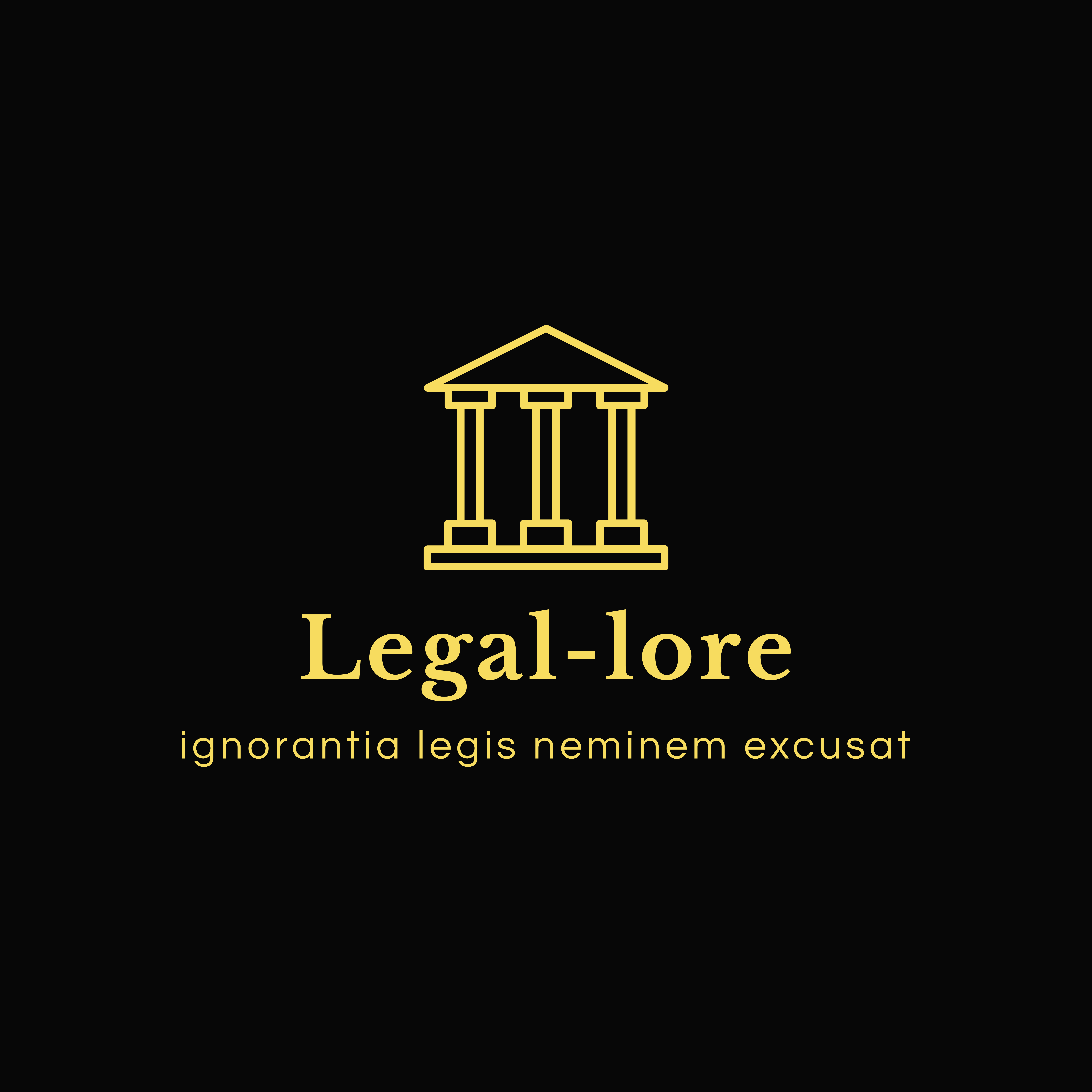Kesavananda Bharati Sripadagalvaru and Ors. Vs State of Kerala and Anr.
- Legal-lore

- Feb 4, 2022
- 3 min read
Kesavananda Bharati Sripadagalvaru and Ors. …. Petitioner
State of Kerala and Anr. ….. Respondent
Bench: S.M. Sikri and A.N. Grover and A.N. Ray and D.G. Palekar and H.R. Khanna and J.M. Shelat and K.K. Mathew and K.S. Hedge and M.H. Beg and P. Jaganmohan Reddy and S.N. Dwivedi and Y.V. Chandrachud.
Facts/Background of case:
1. His Holiness is a saint. SripadGalvaru Kesavananda Bharati was the head of a Kerala religious group. Certain lands were obtained in the name of the group. Some of these lands were to be purchased by the state government under the Kerala Land Reforms Act, 1963, which was later amended by the Kerala Land Reforms (Amendment) Act,
1969, in order to meet their socio-economic commitments. As a result, on March 21, 1970, the petitioner filed a petition with the Supreme Court under Article 32 for the enforcement of rights under Articles 25 (Right to practise and propagate religion), 26 (Right to manage religious affairs), 14 (Right to Equality), 19(1)(f) (Freedom to acquire property), and 31 (Right to Equality) (Compulsory Acquisition of Property). Meanwhile, the Kerala State Government approved the Kerala Land Reforms (Amendment) Act, 1971, while the petition was being considered by the Court.
2. After winning a large majority in the lower house in the 1971 elections, Indira Gandhi's government approved the 24th Amendment in 1971, the 25th Amendment in 1972, and the 29th Amendment in 1972.
3. The 24th Constitution Amendment Act of 1971 confirmed Parliament's right to change any portion of the Constitution, including Part III, and made the President's consent to a Constitutional Amendment Bill a legal requirement.
4. After that, the 25th Constitution Amendment Act of 1972 limited the right to property guaranteed by Articles 19(1) and 31 of the Constitution, allowing the government to confiscate private property for public purpose in return for payment determined by Parliament instead of the courts.
5. The Kerala Land Reforms Act was included into the IX Schedule after the 29th Amendment was ratified in 1972, which means it is not subject to judicial review.
Issues:
i. Is the 24th Constitutional Amendment Act of 1971 legitimate under the law?
ii. Is the 25th Constitutional Amendment Act of 1972 legal in the eyes of the law?
iii. What is the degree to which the Parliament can use its constitutional amendment powers?
Judgement:
1. The court ruled by a 7:6 margin that Parliament has the power to change any article of the constitution as long as it does not contradict the constitution's basic structure. Despite drafting different opinions, the minority bench refused to acknowledge that some sections are basic. They were hesitant to give Parliament entire and unrestricted power to modify the Constitution.
2. The court affirmed the entirety of the 24th Constitutional Amendment Act of 1971, but determined the first portion of the 25th Constitutional Amendment) Act of 1972 to be intra vires and the second part to be extra vires. The first section of the 25th Amendment was affirmed, but only with the condition that the restriction on the judiciary's reach be overturned.
3. The court recognised that the terms "amount" and "compensation" are not interchangeable, although the amount granted by the government to landlords should not be excessive. The quantity does not have to be identical to the market worth, but it should be reasonable and roughly tied to it.
4. The judgment discovered the solution to the point left unexplained in Golaknath, namely, the scope of Parliament's modifying power. The court inferred that the answer was DOCTRINE OF BASIC STRUCTURE.
5. The bench also addressed Golaknath's unresolved query about the scope of the term "amendment." The court determined that the word "amend" in Article 368 has a limiting meaning and cannot be used to a fundamental modification. To put it another way, in order for the parliament to enact a constitutionally legitimate amendment, the amendment must pass the Basic Structure test.
This article is written by Tanishq Chandel of Amity Law School.
Comments